The downward dog stretch is mentioned as a foundational pose in Yoga; it is also called Adho Mukha Savanasana. This pose is very good for the full body stretch and helps in toning the muscles. It is mentioned in the Hatha Yoga Pradipika and other classical texts of yoga. It is also known as the transitional or “V” shape pose in yoga.
The downward dog stretch is performed as a preparation for higher poses like the sun salutation. It uplifts the energy in the body, and that’s why indicated as “Sthir Sukham Aasnam”, meaning the resting pose of the body. After a proper stretch, it is a relaxation pose in the series of cardio work.
What is Adho Mukha Savanasana?
The downward dog stretch is an inversion pose that works on the core of the abdomen. It is not limited to the physical benefits for a yogi, but has spiritual benefits too. It is made up of four words in a series: Adho- downward; Mukha- face; Savana- Dog; Asana- pose. It looks like same as downward-facing dog and gives a good stretch to the whole body, thus named in the same pattern.

It stimulates ‘Prana vayu’ in the body and also works on the Apana Vayu. The other benefits include balancing of the sacral chakra, solar plexus chakra and third eye chakra. It may be difficult to perform in the starting days, but it is a great pose when practised with focus and concentration.
How to Perform Downward Dog Stretch?
If you are a beginner, then start to do preparatory poses: one of the common poses is the tabletop pose. Warm up your shoulders before performing this pose. Some common mistakes should be taken care of while performing this pose. Try to engage your body while doing this pose. Also, it must be performed with the coordination of eye gazing. Here are the easy steps to perform the downward dog pose for beginners.

- After a proper warm-up, start with the table-top pose.
- Lock your hand in the position of Hastha Bandha.
- With a lifted pelvic region from the “V” shape body structure.
- Straighten your spine, and your heels should touch the floor.
- Press the mat or floor with your palms with your straight arm and your shoulder away from your ear.
- Try to gaze at your navel region while performing this pose.
- If you are a beginner, you can slightly bend your knees.
- For beginners, it is not easy to touch the floor with heels, so keep this pose simple at the start, and with time, you will manage.
What are the Benefits of Adho Mukha Savanasana?
The downward dog stretch is a beneficial pose for the mind, body and spiritual aspects of the person. There are benefits of the hatha yoga that it always helps in keeping the pace and maintaining the discipline of the body. Here are some benefits of the downward-facing dog:

- Give a good stretch to the abdominal muscles, which helps in weight loss.
- Better for arm, hand and leg stretch.
- Helps in reducing the Vata Dosha according to Ayurveda.
- Boost confidence and inner awareness of the body.
- Improve posture and spinal alignment with the body.
- Increase the circulation of the blood in the brain.
- Helps in preparing for the sun salutation.
Contraindications of the Downward Dog Pose
Apart from many benefits of this pose, the downward dog pose has some contraindications. IN the mentioned conditions, it should not be performed:
- In case of hand, palm or carpel injury, it should not be performed.
- High blood pressure, any kind of eye or head surgery, should not be performed.
- Avoid this pose in case of menstruation and pregnancy.
- If you have any risk from inversions, then don’t perform this pose.
Also Read:- 200 Hour Yoga Teacher Training in Rishikesh
Conclusion
Downward-facing dog is the best pose for spinal alignment or for improving the back posture. There are three types of benefits of this pose: physical, mental, and spiritual. This pose also helps in balancing the chakras, which are the energy centres of the body.
It is better to perform all these poses in the presence of an expert master; otherwise, there are common mistakes that may cause harm to muscles. Sprains and strains in muscles are common in these cases. For more information, you can connect with Om Shanti Om Yoga Ashram, where you will also find courses and yoga guidance.

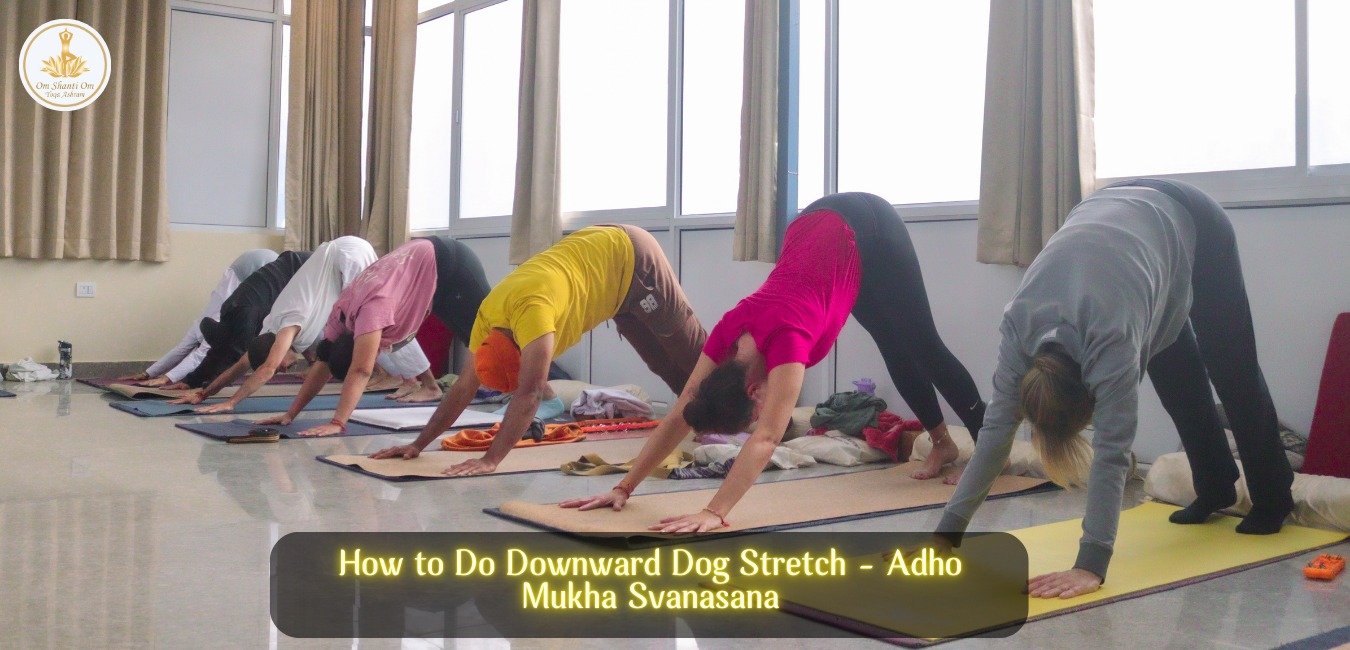






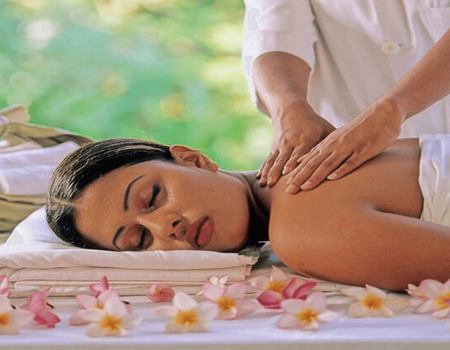
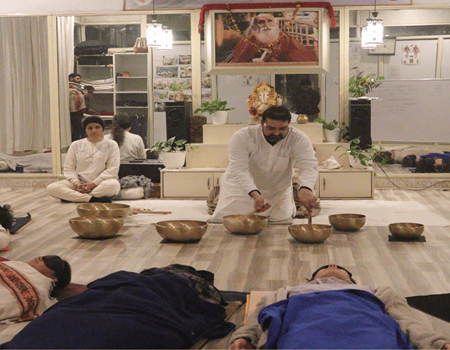
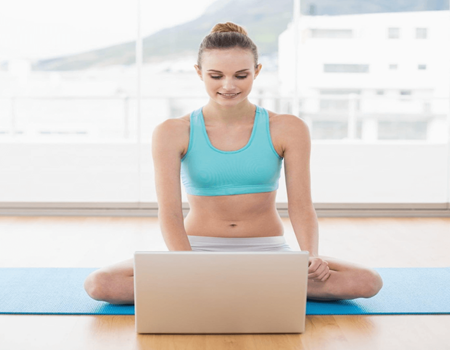
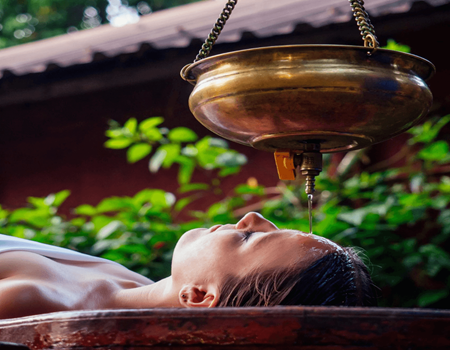
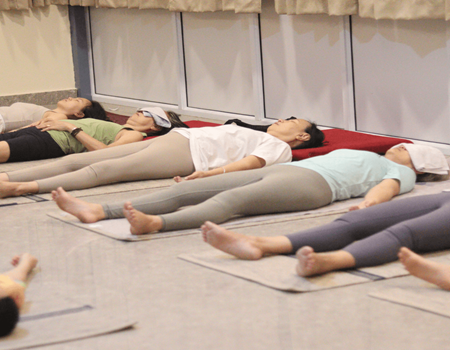
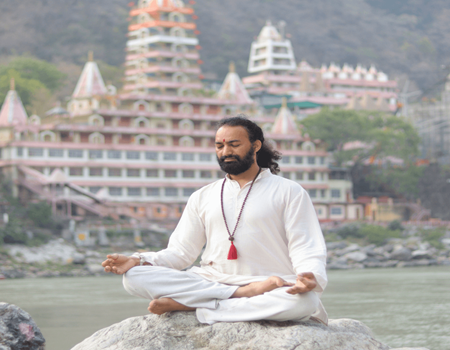
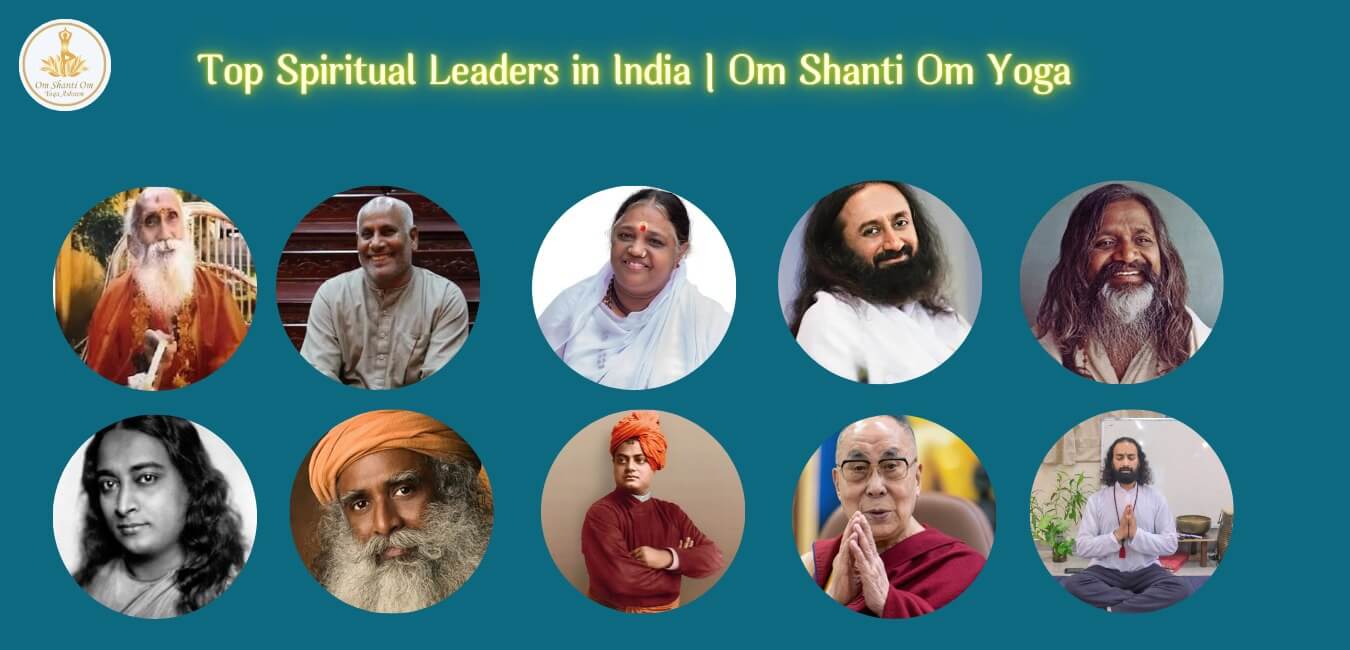
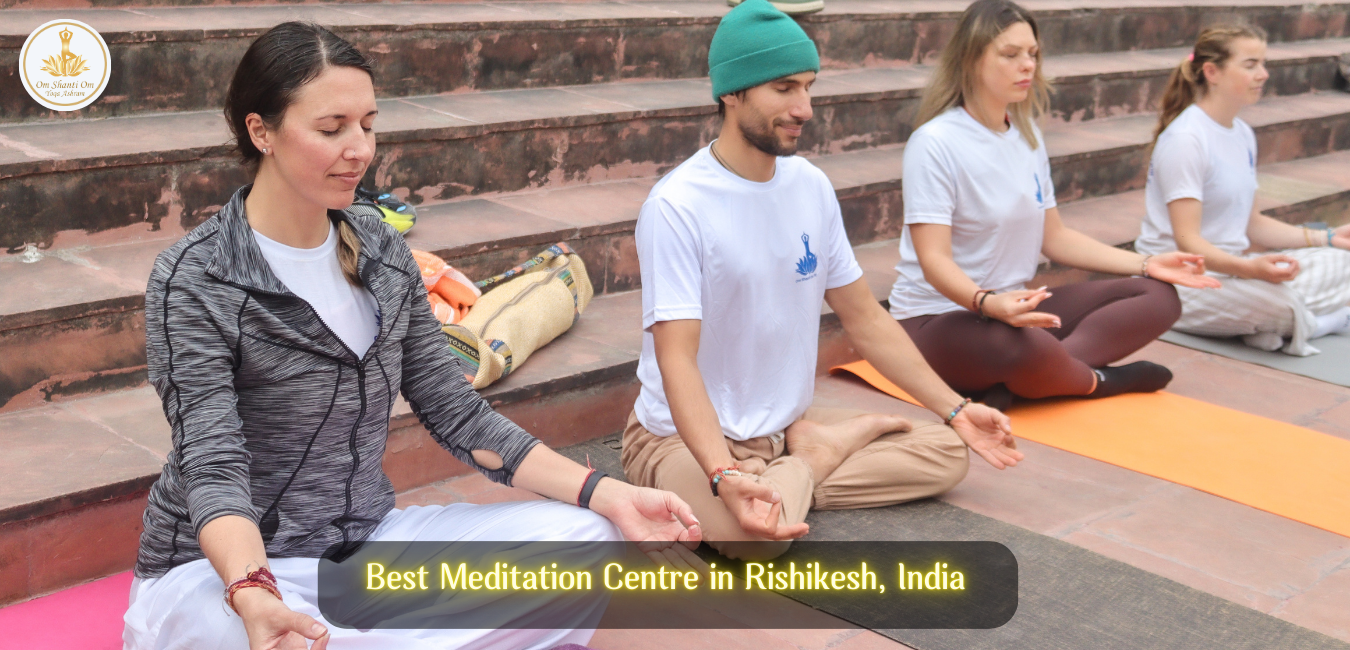

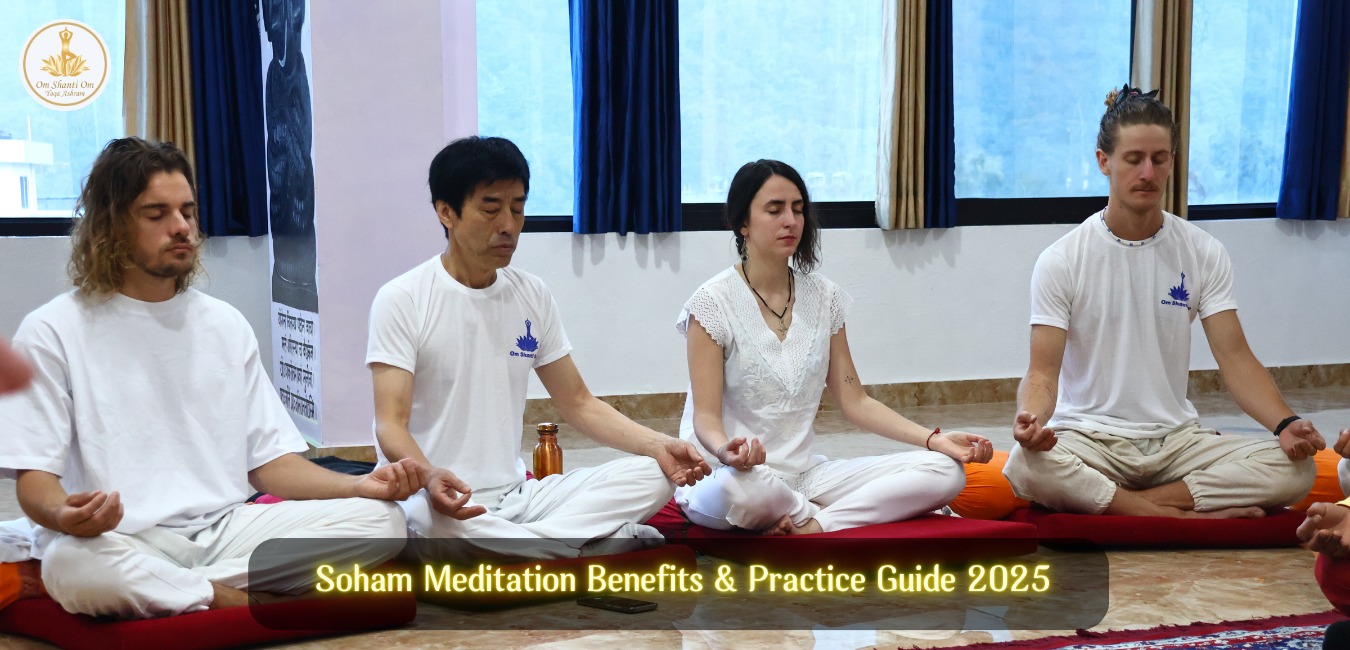

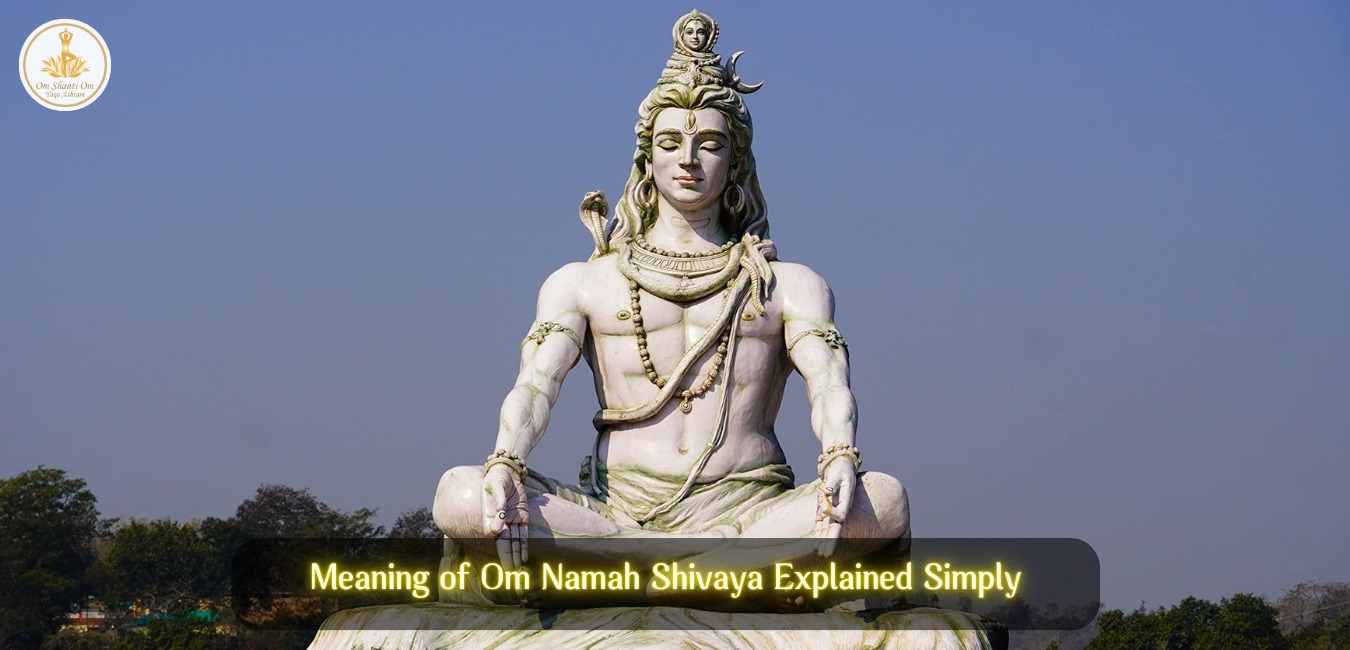
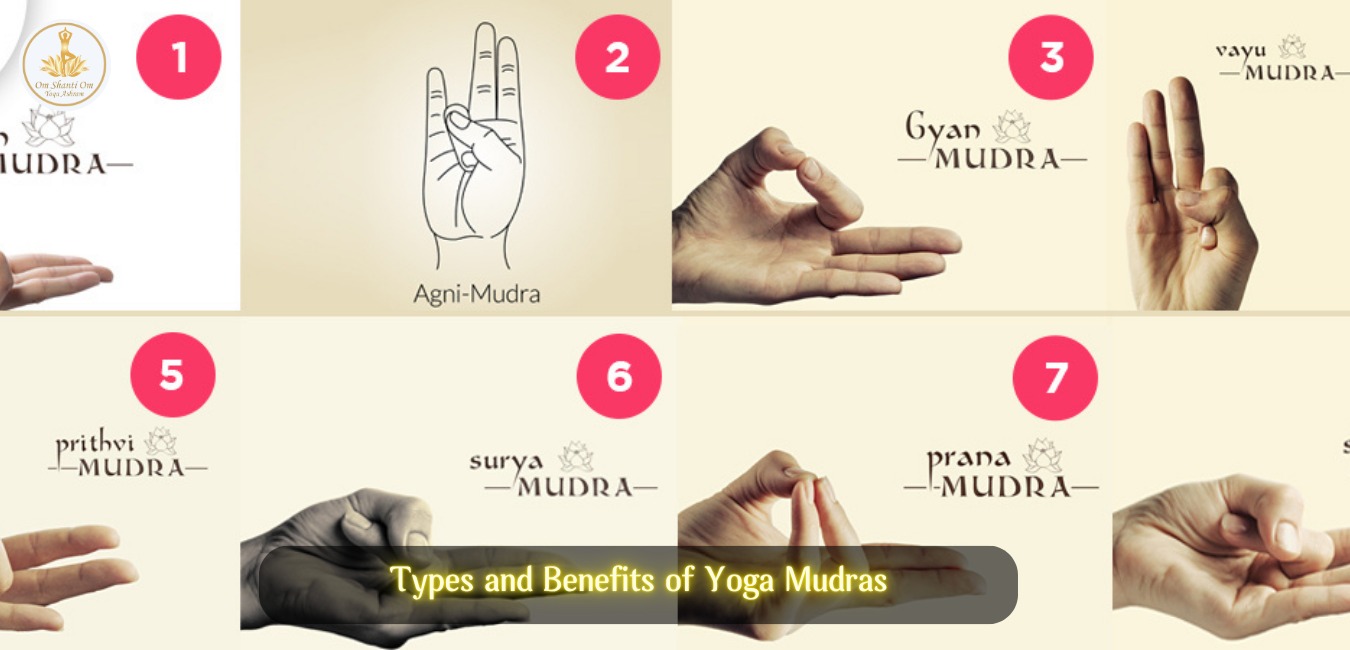
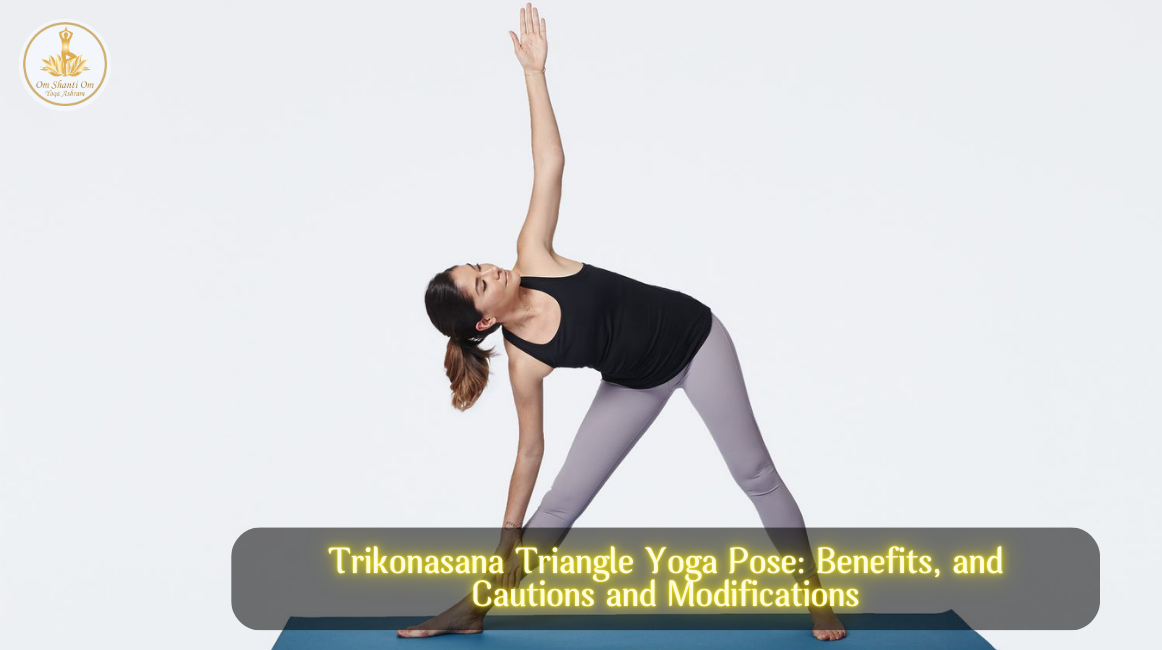


0 Comments
No comments yet. Be the first to comment!